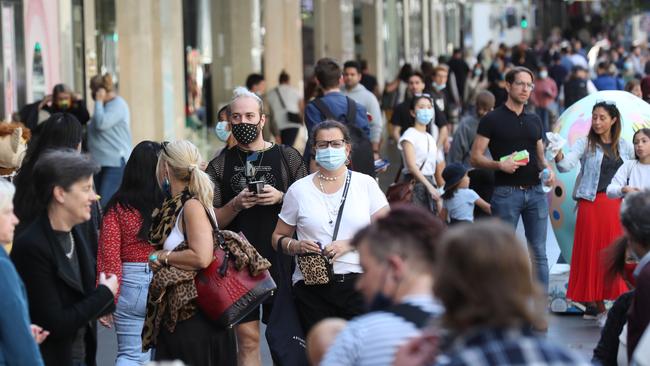
My favourite question is about religious affiliation. Across time it shows that atheists are gaining ground, and across individual life cycles it shows that those least likely to believe in a god of any sort are aged 23. Twenty-three is a kind of sweet spot in the life cycle. You’re young, probably fit, healthy, maybe even feeling immortal, and finding your way in the grown-up world of work. The dreary hereafter seems so far away, so irrelevant to the more exciting here and now. After the age of 23, religious affiliation starts to gain ground; those most likely to believe in a god of any denomination are aged over 80.
I also like the question about caregiving. The likelihood that you’ll be caring for a family member rises through your lifespan and peaks at the age of 58. Why then? Because that’s the point at which the average Australian’s parents die, releasing their families from the duty, and the honour, of caregiving.
Australians are most likely to volunteer from their early 60s. After leaving the workforce there’s a void; giving back to the community is good for the soul. This is also when we spend the most time working in and on our homes. It makes sense: the kids have left home, the parents have passed away, your health is quite good. There’s a sense of nesting, of hunkering down for retirement, preparing for the arrival of grandchildren. Making the house picture-perfect delivers a sense of life accomplishment.
At the other end of the life cycle there have been some powerful changes. The age at which most of us start having kids has pushed out to the early 30s, allowing time for further education and/or training, and new concepts such as gap years. This in turn has reduced the number of kids per family and increased the spending power that can be directed to the family home and lifestyle choices. It explains the pillowfication of the bedroom, the demise of the bunk bed, the expansion of the house and the contraction of the suburban block.
There is a point in the 30-something’s life cycle – just after the age of 32 – when the average income level drops. It’s a kind of “kid cliff” and couples don’t recover their spending capacity until they’re in their late 30s. The life cycle is like a conveyor belt: it transports Australians through their gap years, past peak godlessness and towards the partnering stage, over the kid cliff and into the promised land of household formation and the sunny uplands of home upgrading.
There is a predictability to the census results but there are also surprises. I have been tracking the #WFH movement since the 1996 census and over this time the proportion of us working from home (in paid work) hasn’t altered from five per cent. But come August I predict the proportion will be 10 per cent or more, signalling a break in the nexus that kept the home within commuting distance of the workplace. We will get the results of the 2021 census in November 2022.
The beauty of the census is that it sweeps away the individual to find our centre of gravity as a nation. Collectively, we are an industrious people predisposed to caring, to doing the right thing, to making use of available time, to helping our families, to helping others. A survey just doesn’t do it. The census is an event, requiring a group effort. It is an investment not just in better directed funding but in finding common ground.




A new census will be held in August. It will be the eighth that I have considered during my professional career. And yet I never tire of the insights the census yields. It is a demographic dipstick into the essence of being Australian.